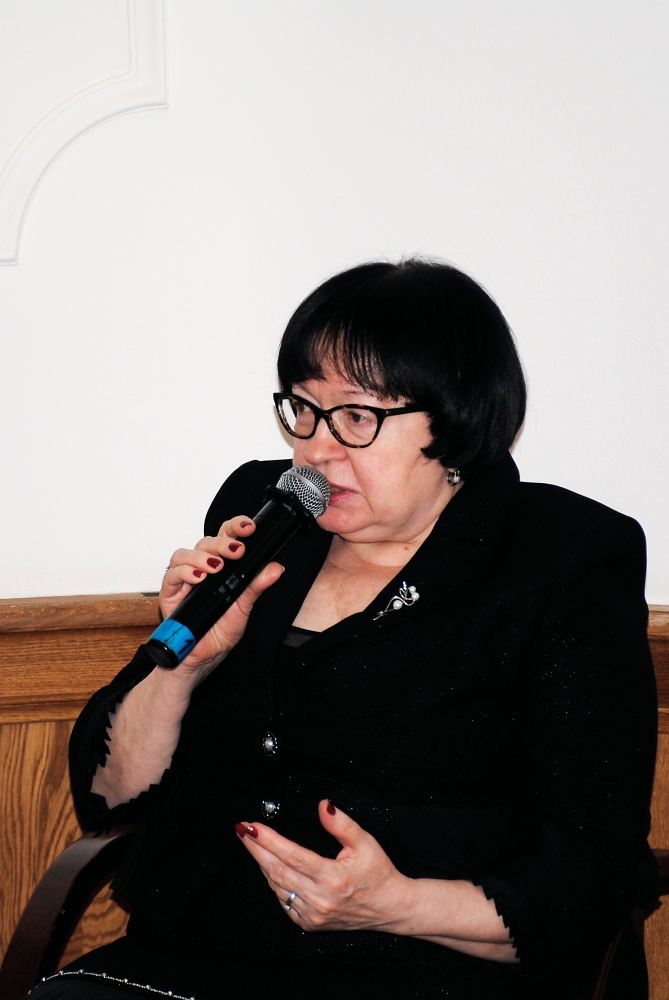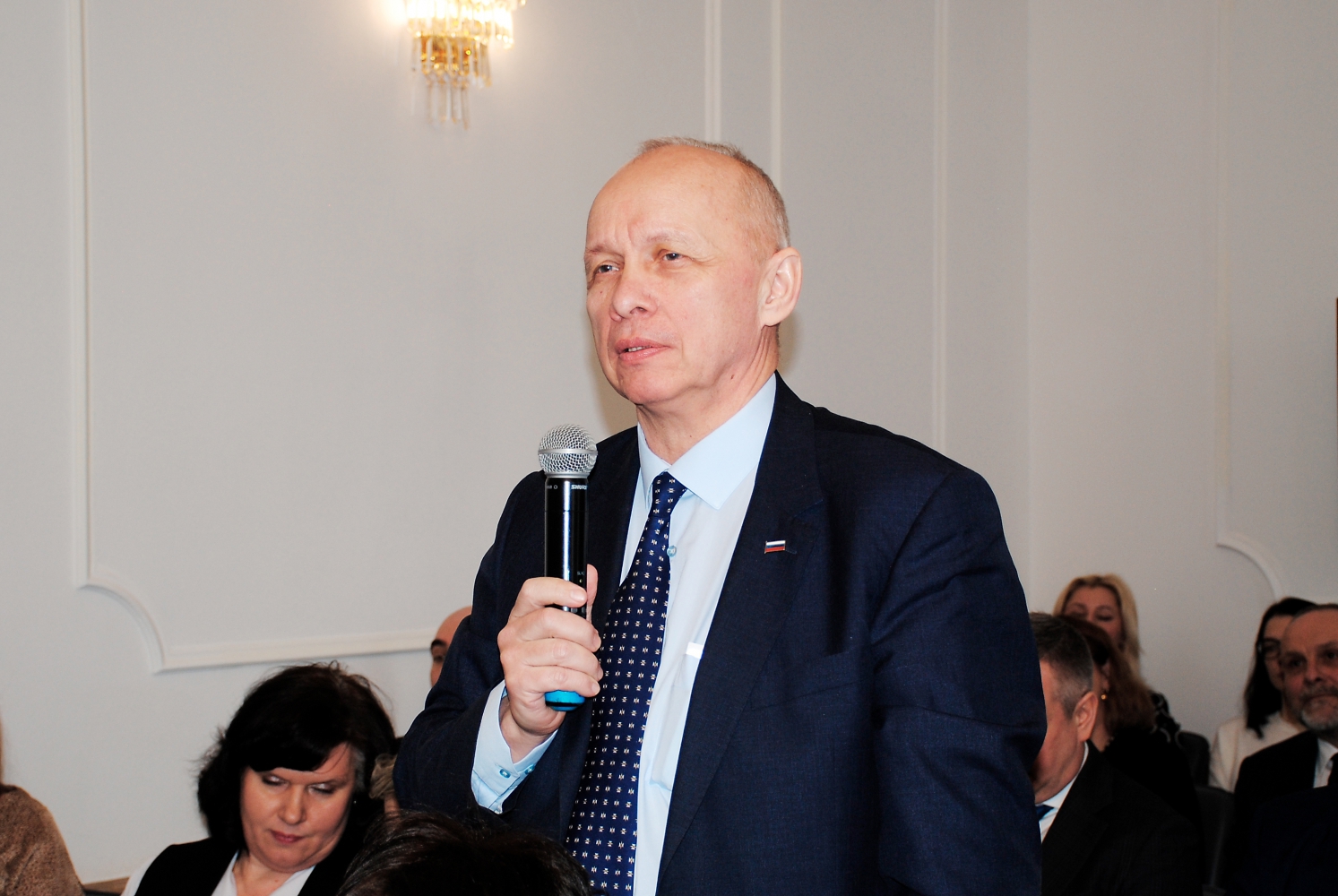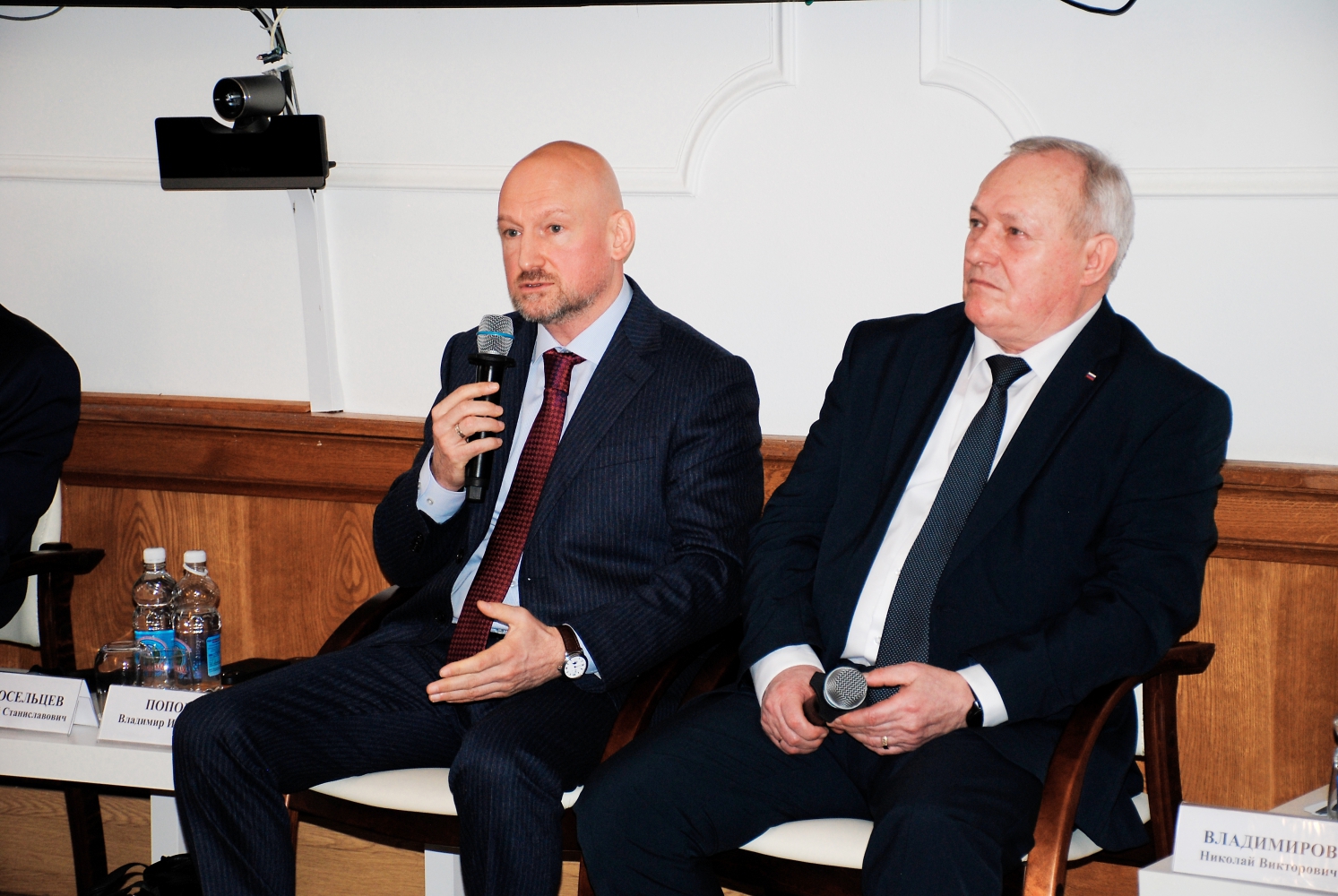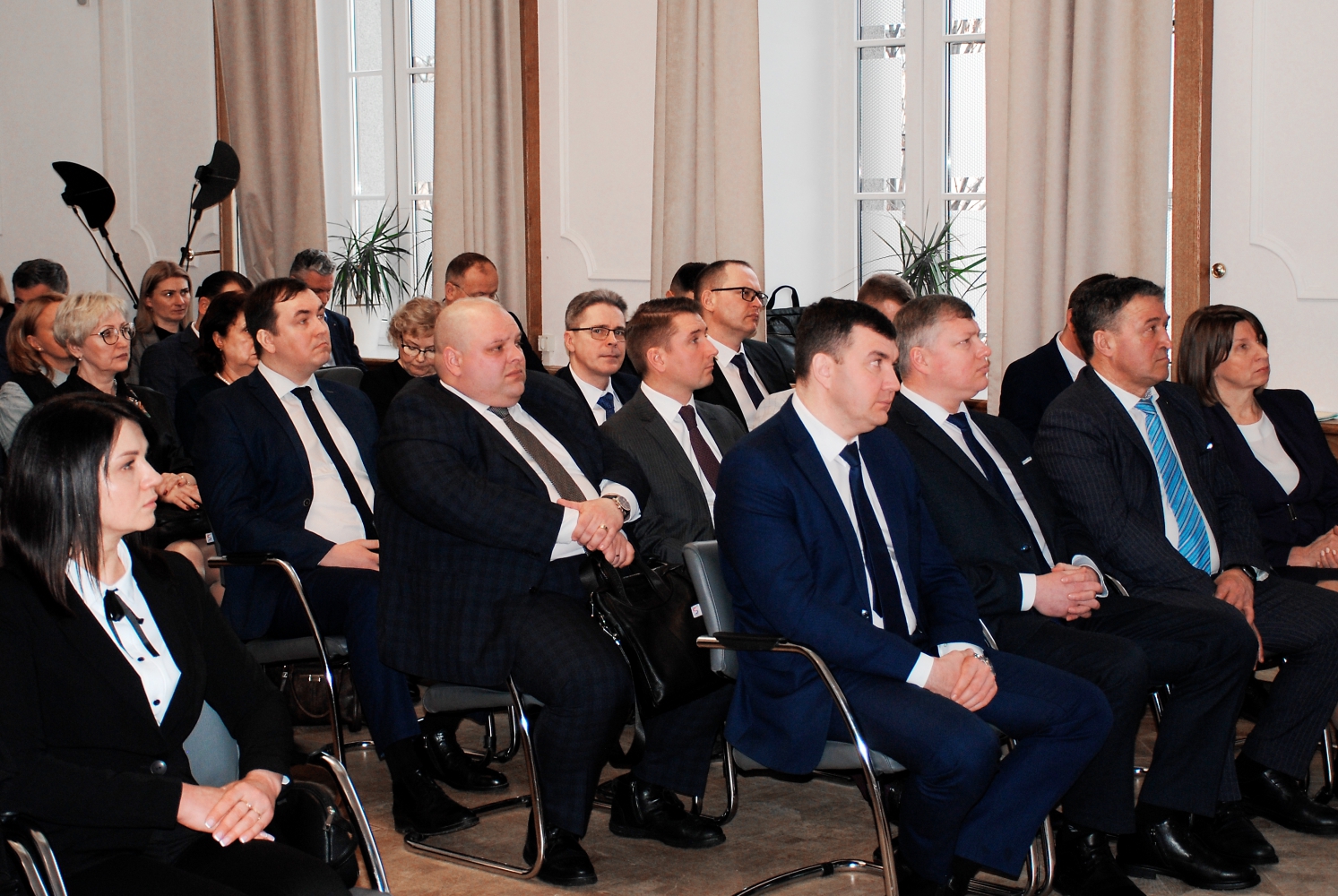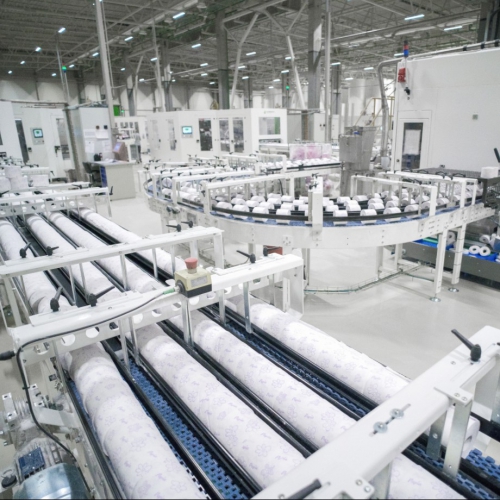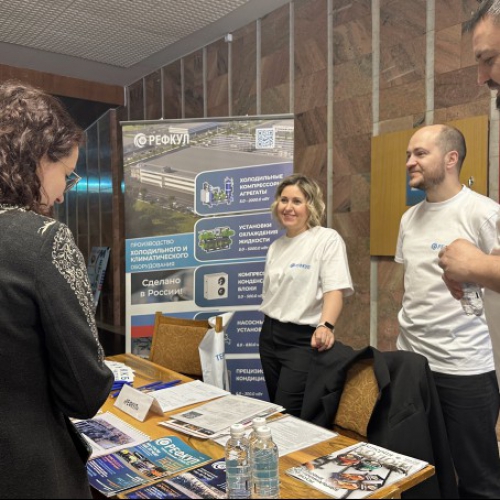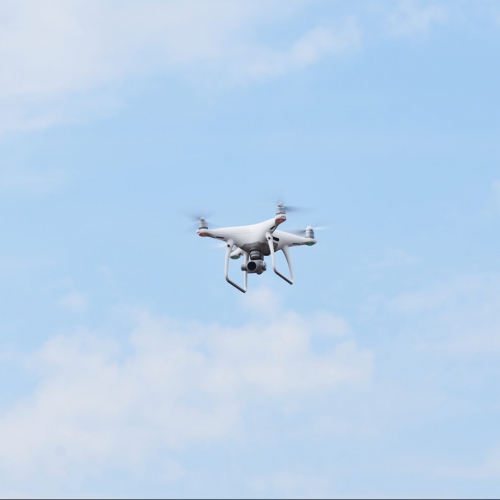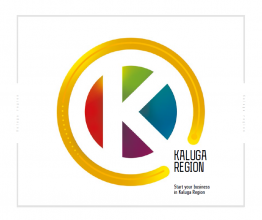News
KALUGA REGION HAS ADAPTED TO NEW ECONOMIC CONDITIONS
Representatives of Kaluga economic block ministries hold a reporting meeting on March 6. Chairman of the regional Legislative Assembly Gennady Novoseltsev, Deputy Governor Vladimir Popov, Finance Minister Valentina Avdeeva, Minister of Competition Policy Nikolay Vladimirov discussed the results of the work of the ministries in 2022 and the tasks for the upcoming period.
At year-end 2022, Kaluga Region remained one of the leader among the regions of the Central Federal District in terms of manufacturing output per capita — 2nd place, industrial production per capita — 3rd place. It ranks 7th in the National Rating of the investment climate of the subjects of the Russian Federation, 8th — on the efficiency of the state industrial policy implementation.
Over the past year, regional enterprises managed to fundamentally adapt to new economic conditions encouraged by national and regional support measures. The volume of shipped industrial products at the end of the year amounted to 906 billion rubles.
The growth was registered in such industries as the production of machinery and equipment (143%), medicines (131%), woodworking (124%), finished metal products (118%), clothing manufacturing (110%).
Turning to the results of the work on attracting investments, Vladimir Popov stressed out that by the end of 2022, the total investment volume amounted to 135 billion rubles. 4 new enterprises were launched in the region. The investment portfolio has grown by 34 new contracts, under which almost 6 thousand jobs will be created.
Investments and the opening of new production facilities always result in budget replenishment. In 2022, the regional budget revenues amounted to 87 billion rubles. All expenditure obligations are met in full. The regional budget expenditures retained a social orientation and amounted to 59%.
In 2022, the main strategic document of the Kaluga Region for the period until 2040 was approved. The maximum number of participants took part in its development, including municipalities, the business community, scientific, educational and public organizations, as well as the population. The strategy defines 4 most important priorities for the development of the region: "Social well-being", "High-tech leadership", "New investment openness", "Territorial reassembly".
06.03.2023
Share in
Other news
Production placement application
Establishment of industrial parks with high quality sites with all relevant utilities for new plants construction ensures well-balanced distribution of industrial facilities throughout the region with due consideration of transport, utilities and social infrastructure development and future labor resources development.
If you are interested in placement of a production facility at an investment site, please fill in the online application form.
Thank you!
You successfully subscribed to news digest
Thank you!
Your message has been sent.
error
Error!

